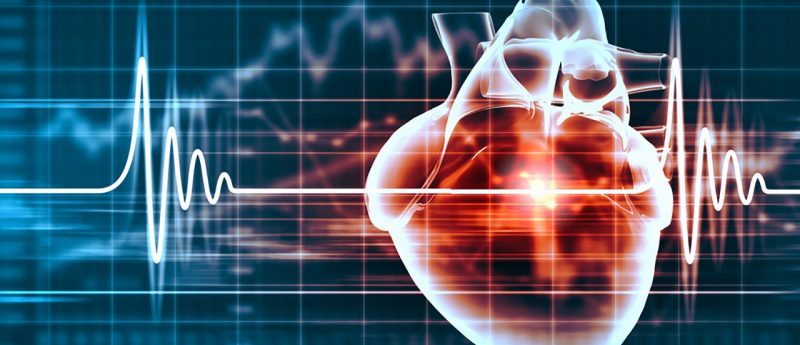Could cardiac scar tissue be reprogrammed into healthy cardiomyocytes?

Researchers have developed a reliable and stable platform to reprogram human fibroblasts into healthy cardiomyocytes, providing a molecular road map to guide precise and efficient cardiac reprogramming.
After the occurrence of a heart attack, scar tissue is left behind and limits the hearts ability to beat efficiently. Researchers at the McAllister Heart Institute (McAllister Heart Institute; NC, USA) have determined a reliable method to reprogram human fibroblast cells into healthy cardiomyocytes.
This novel study, published in Cell Stem Cell, took advantage of the latest singe-cell technologies and mathematical simulation to develop a stable, reproducible, minimalistic platform for cellular reprogramming.
Senior author of the study, Li Qian (McAllister Heart Institute), aimed to push cardiac reprogramming of human cardiomyocytes closer to reality. Her team trialed a mix of the genes Mef2c, Gata4 and Tbx5 at specific doses to human cardiac fibroblast cells.
To increase efficiency, a screen of supplementary factors was then carried out, which identified the small RNA molecule MIR-133. When added with the three genes, this molecule increased the efficiency rate of the reprogrammed fibroblast cells to cardiomyocytes by 40—60%.
“We’re confident our interdisciplinary approach of combining biological experiments with single-cell genomic analyses will inspire future crucial steps toward understanding the nature of human cardiomyocytes and translating this knowledge into regenerative therapies,” Qian said.
To understand this further, the specific molecular processes of converting cells into cardiomyocytes were monitored, identifying a crucial point where a cell must ‘decide’ between progressing on to a cardiomyocyte or regressing back to a fibroblast. Once this decision has been made a cascade of signalling proteins determines the molecular route that dictates their cell type.
The researchers also created a unique index to quantitatively assess the reprogramming process. This identified that human cardiac reprogramming is significantly slower than the previously described mouse reprogramming models. This revealed key differences between mice and humans, illuminating previously unidentified characteristics of human cardiac reprogramming.
This research provides a high-resolution molecular roadmap to guide precise and efficient cardiomyocyte reprogramming and could provide new research tools to better understand the processes of cell fate transition and reprogramming within humans.
Qian concluded that: “Our single-cell pipelines and new algorithms can certainly be used for studying other biological processes, including differentiation, de-differentiation, or drug response of a cell. This research approach is not limited to the heart, but heart disease remains the number one killer in the world and the main focus of our lab.”
Sources:
Zhou Y, Liu Z, Welch JD et al. Single-cell transcriptomic analyses of cell fate transitions during human cardiac reprogramming.Cell Stem Cell doi:10.1016/j.stem.2019.05.020 (2019) (Epub ahead of print);